How farmers are inviting nature onto their land to help restore the connections between cultivated and wild lands – and become stewards of biodiversity.
Keewaydin Farms is the epitome of pastoral serenity – except during spring. That’s when things get noisy.
“There is more beauty on the farm, louder and more diverse bird songs, during spring migration and nesting seasons,” says Joy Miller, who operates the southwestern Wisconsin property alongside her husband, Rufus Haucke.
The ornithological choir of bobolinks, meadowlarks and sparrows is not only a telltale sign that the farm’s ecosystem is thriving. It also reinforces Miller’s belief that nature and agriculture can coexist without sacrifice. It’s an ethos shared by the Wild Farm Alliance, a nonprofit group aiming to accelerate the “adoption of practices that cultivate biodiversity.”
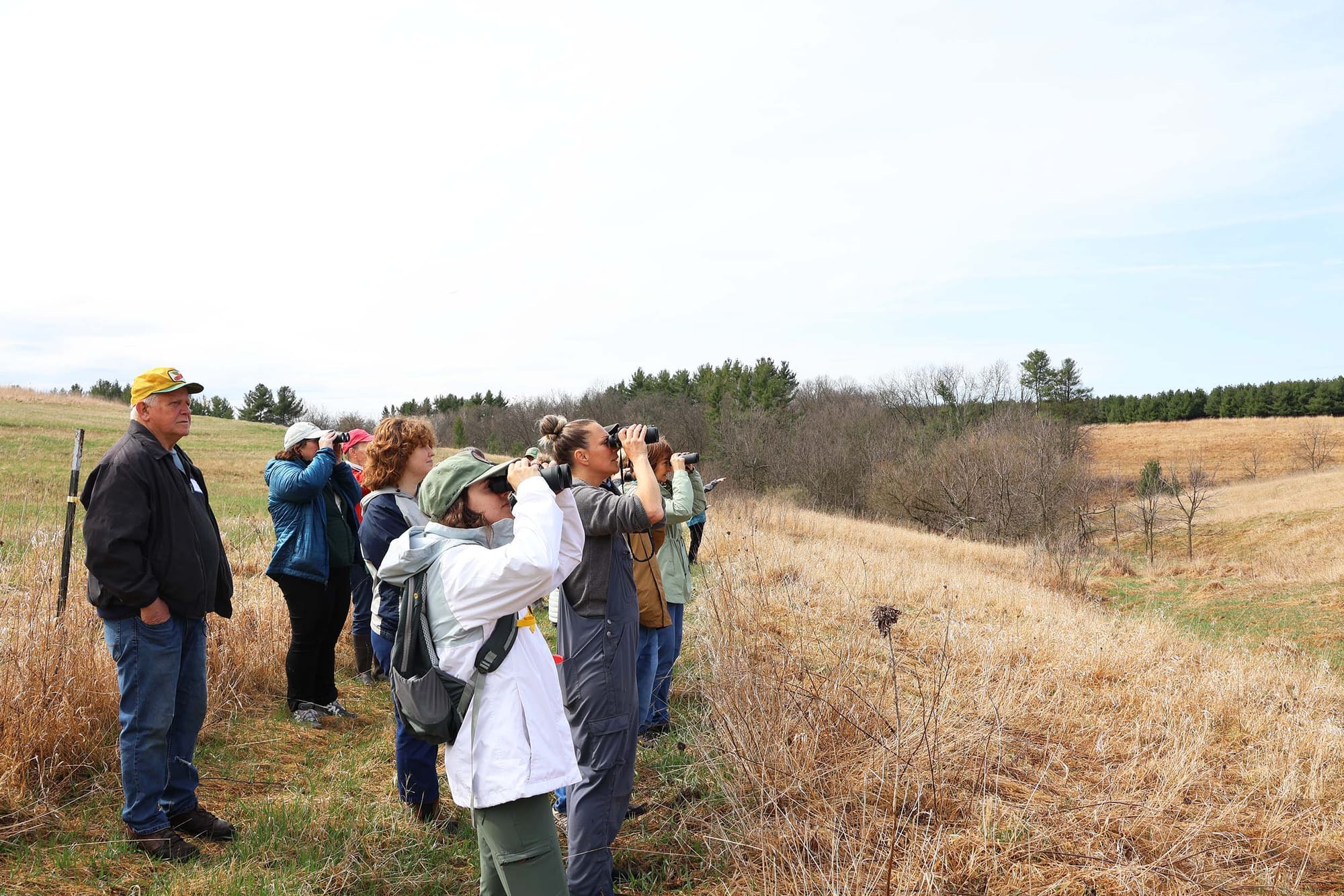
Established in 2000 by a group of wildland advocates and ecological farming proponents, the Wild Farm Alliance believes humans don’t have the right to farm nature out of existence. Rather, we have a responsibility to act as stewards of its wildness. Their work for the past quarter century has been to bring wild connectivity to agricultural landscapes.
For wild creatures to thrive, they need to be able to move freely in search of food, shelter and breeding grounds. Historically, farms, ranches and vineyards have been carved out of wild spaces, leaving large voids where habitat used to be. Fields of corn and soy, for example, have replaced grasslands and wild meadows, nesting areas for birds such as the bobolink. Pastures forged from woodlands have disrupted the traditional foraging and hunting grounds of animals such as bears, coyotes and foxes. If this trend continues unabated, it’s estimated that almost 90 percent of the world’s birds, amphibians and mammals will lose their habitat due to agricultural expansion by 2050.
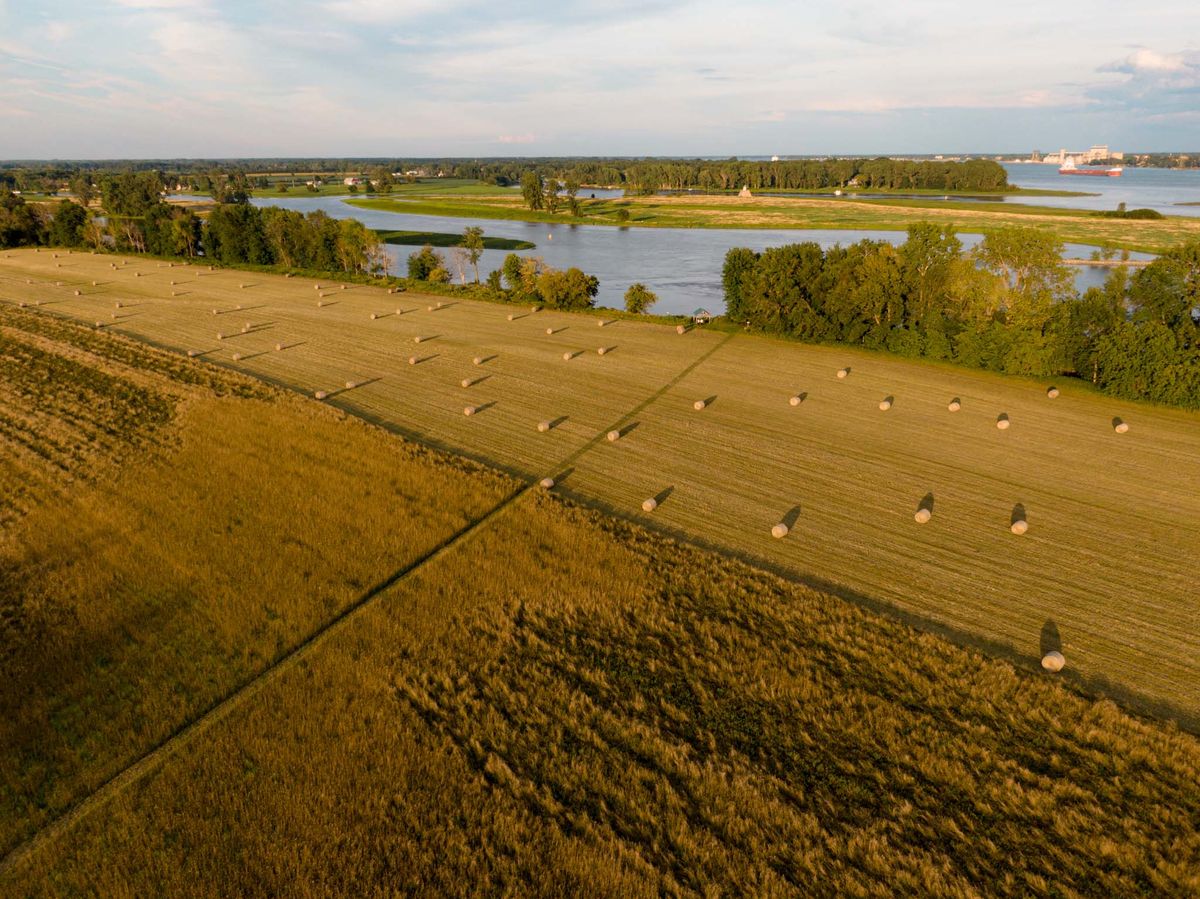
The Wild Farm Alliance’s mission stands out because of how the organization turns the tables on this statistic by advancing agriculture as a solution to the biodiversity crisis instead of a continuing cause. “We’re not trying to take away their land and give it to the animals,” says communications director Ashley Chesser. “We’re talking about how incorporating different things onto their farm can be beneficial for them.” In other words, biodiverse farming helps humans and wildlife alike.
One example: German researchers found that birds reduced insect damage to crops when invited onto macadamia nut orchards in South Africa, while positioning trees adjacent to natural habitat increased pollination and nut set. According to Chesser, there are more than 220 different bird species in North America that consume agricultural farm pests, such as the caterpillars that happily chow down on brassicas like cabbage, kale and broccoli. Other species, such as owls and eagles, help to control rodent and small mammal populations.
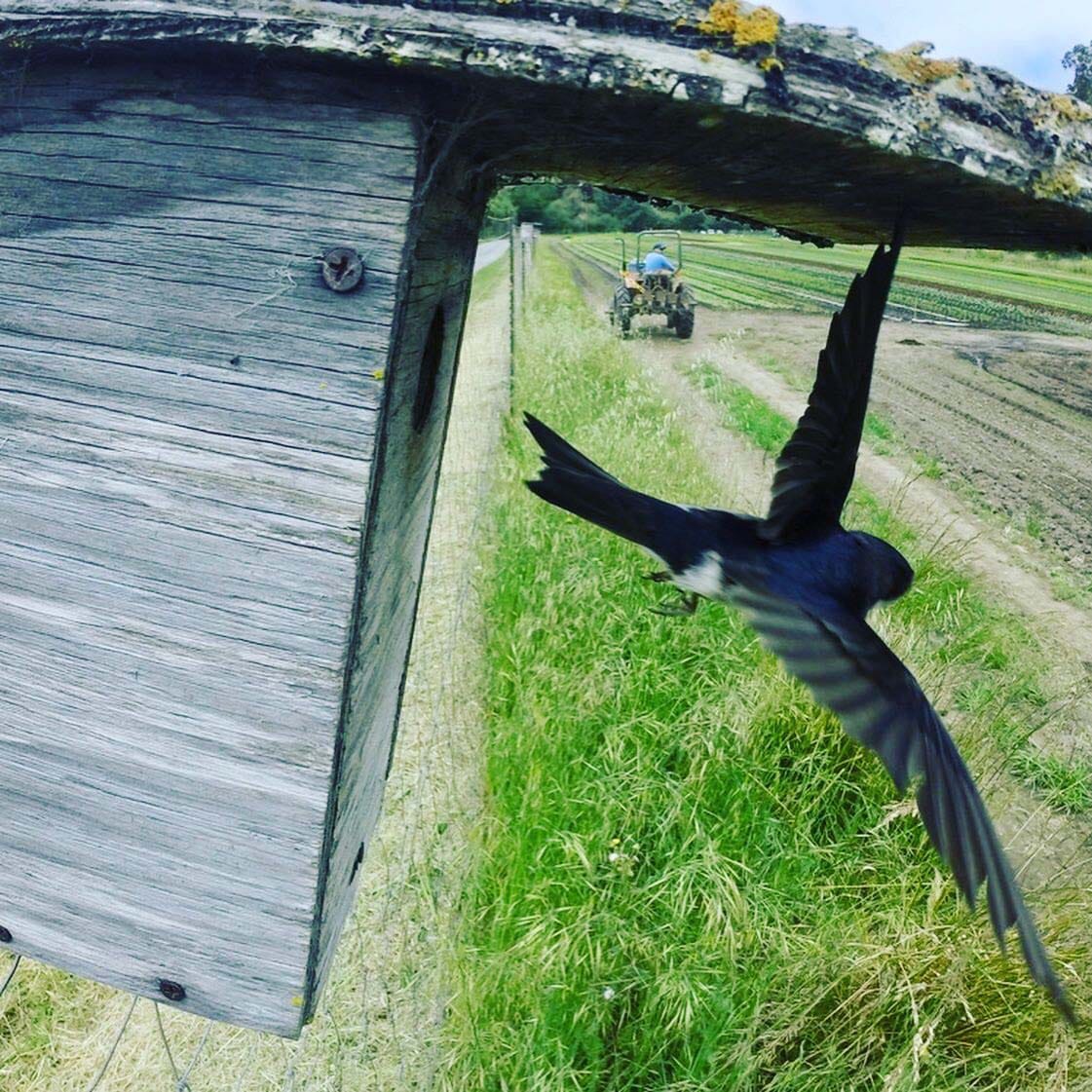
To support its vision of reconnecting the tamed land with the hinterland, the Wild Farm Alliance offers resources, workshops and webinars on how wildlife can benefit agriculture. It has also developed a trio of programs to support farmers with rewilding initiatives in water, land and air.
The Farmland Waterways program, for example, invites farmers to revive riparian habitat along the streams, rivers and creeks that often meander through agricultural land. These areas act as foraging grounds for creatures such as bears, which will eat berries and nuts from trees and shrubs and hunt fish in streams or creeks. “These areas are important as connectivity between wild spaces,” says Chesser. “The waterways can lead the carnivores through while also keeping them away from livestock.” They are also habitat for amphibians, which help keep insect populations in check, deterring them from spreading into working cropland.
And then there’s Farmland Wildways with its highly ambitious goal. “The distance to the moon and back is approximately 500,000 miles,” says Chesser. “If just 25 percent of farms in the U.S. planted a wildway with an average of one mile of hedgerow or other kind of habitat, then we could reach the moon and back.”
Third is the Farmland Flyways initiative, which invites farmers to put up nesting boxes and register their efforts on an interactive map that lists the farm, how many nesting boxes it has and what bird species the boxes support. “We’re trying to get at least 10 percent of farms to join the flyway trail,” says Chesser. “If they had an average of five nest boxes each, we would get a million structures across the U.S.” Keewaydin Farms is doing its part, says Miller: they installed 10 nesting boxes this spring.
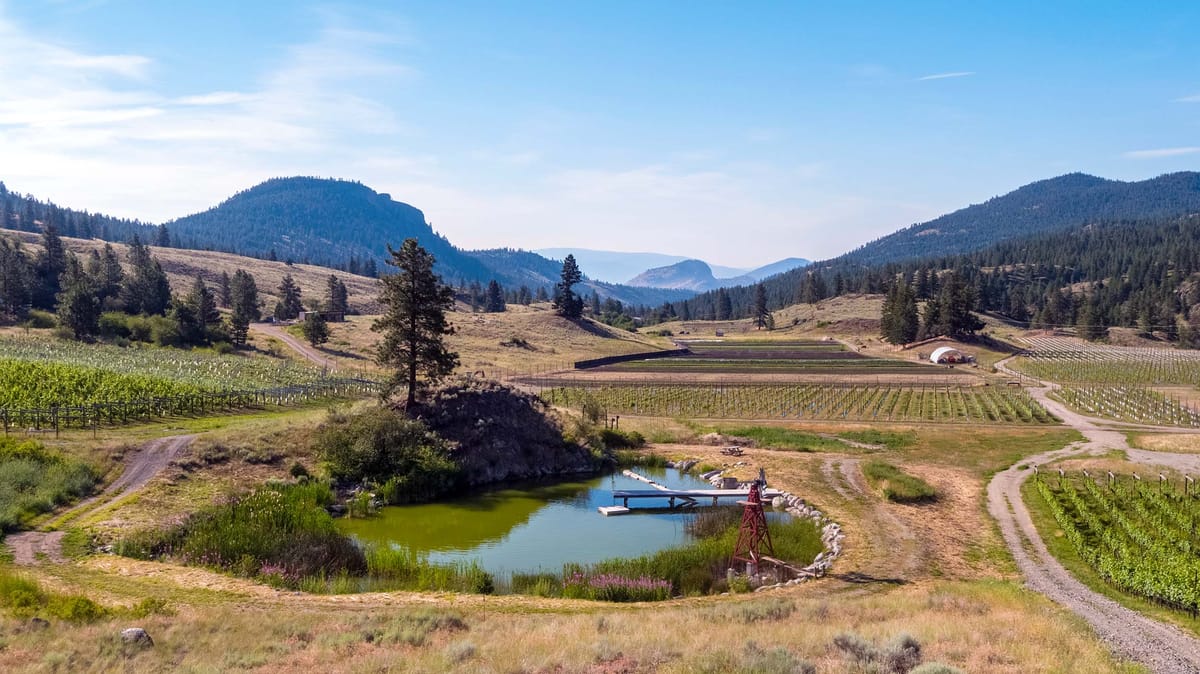
The Farmland Flyways map goes outside the U.S., too, with participating farms including Heidi’s Peak Estate Vineyard in British Columbia’s Okanagan Valley. Here, owner Heidi Lorch has placed songbird nesting boxes around the perimeter of her property to support species such as western bluebirds, mountain bluebirds and tree swallows.
It didn’t take long for Lorch to notice the benefits. The first season after installing bird boxes, she saw more bluebirds. “The presence of birds,” she says, “has had a noticeable impact on pest control, particularly in managing leafhoppers and cutworm populations.” Both insects are known to severely damage grapevines. Leafhoppers feed on grape leaves, reducing grape quality, while cutworms, moth larvae, chew through not only leaves but other parts of the plant such as branches and fruit. This avian pest control has helped Lorch eliminate the need for other forms of control and contributed to healthier vines.
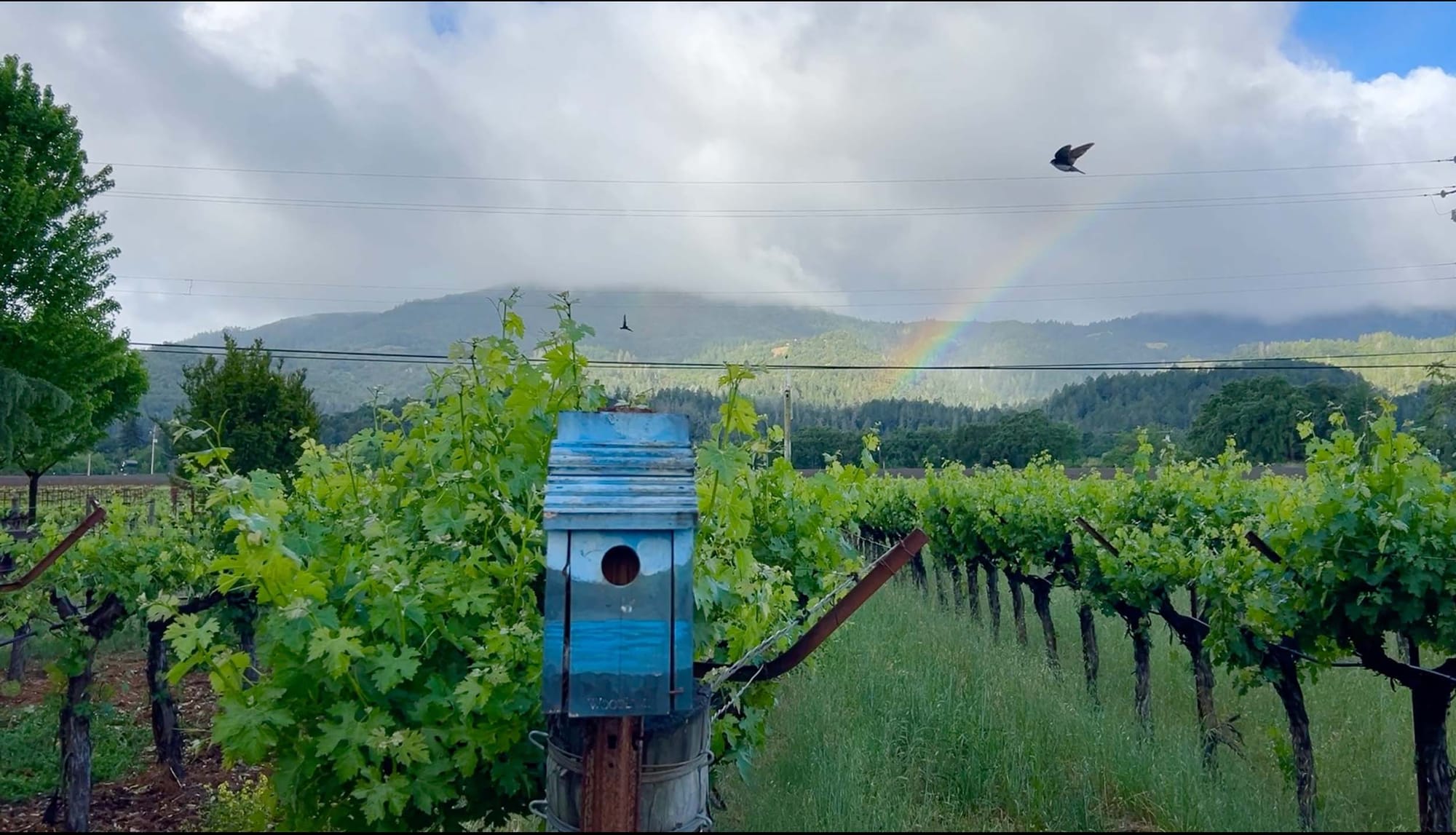
Beyond this, nearly 40 percent of Lorch’s land is dedicated to preserving antelope-brush and shrub-steppe habitat, home to species including the gopher snake, a vulnerable species in the region. “I’ve created an environment where these snakes can thrive,” she says. “In turn, they help control rodent populations.”
Lorch is often asked if managing her vineyard with a focus on rewilding creates more or less work.
“Installing nest boxes, maintaining antelope-brush habitat and monitoring wildlife presence all add layers to the farming responsibilities,” she says. But she also emphasizes that her vineyard is more than just a business; it’s part of a larger ecosystem in which the cultivated land and the wild land work together.
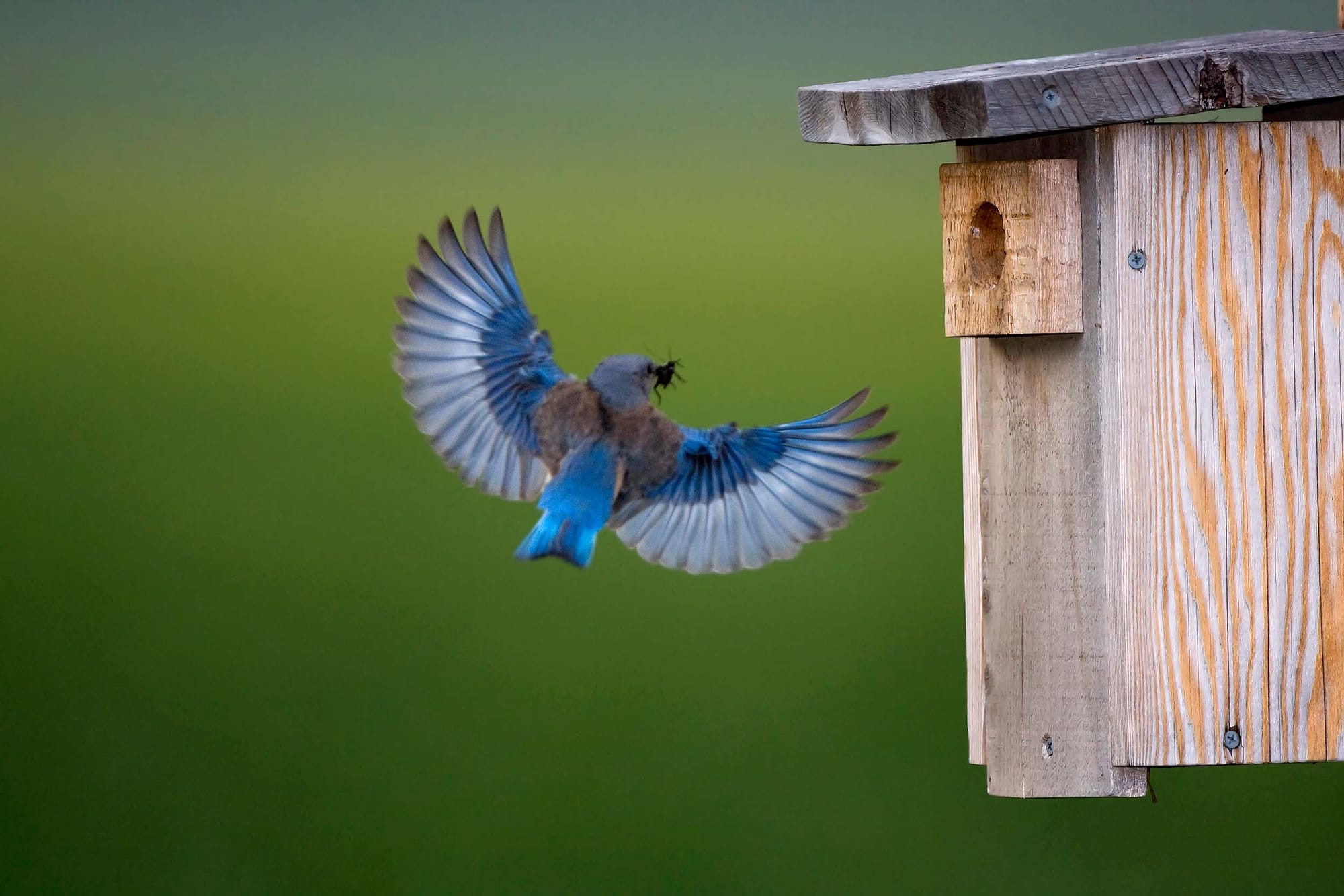
Since its founding, the Wild Farm Alliance has grown into a network of more than 5,000 wild farming enthusiasts. Many have become involved through word of mouth. “Often, we'll give advice and the farmer will do some stuff on their farm, and then they have a success story,” Chesser says. To showcase this success, the organization will ask to come back to the farm with more farmers and people eager to see the benefits of wild farming. Word spreads, and more farmers get involved.
And that’s a good thing for everyone – not just the wildlife who so desperately need this habitat. “Rewilding farms and forming symbiotic relationships with the natural world is easier than fighting or trying to control it,” Miller says. “When we pay attention and respect the beauty of that ecology and learn to work with it instead of against it, there are benefits to land, water, plants, animals and humans.”
Main image: A western bluebird. Photo: Mick Thompson.


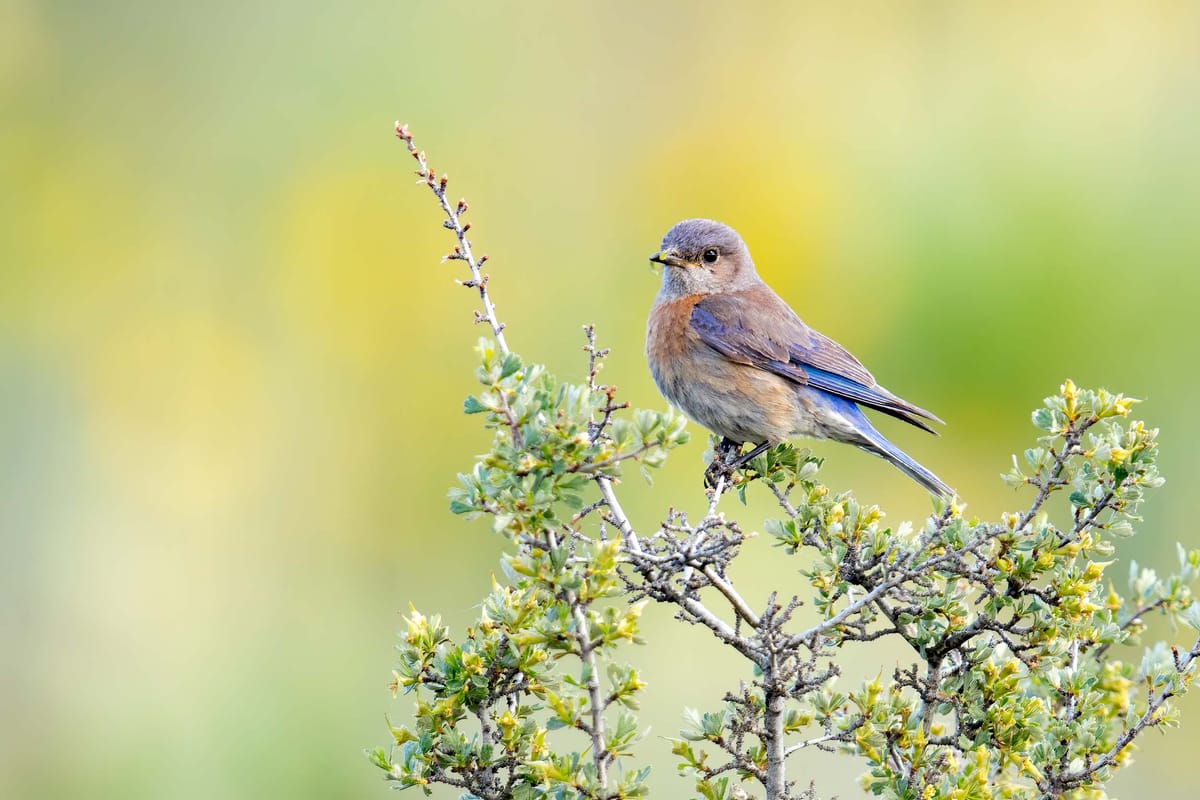






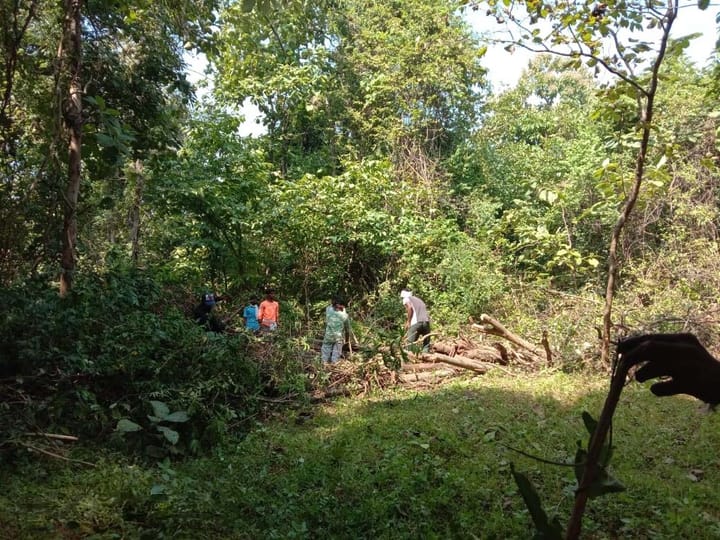
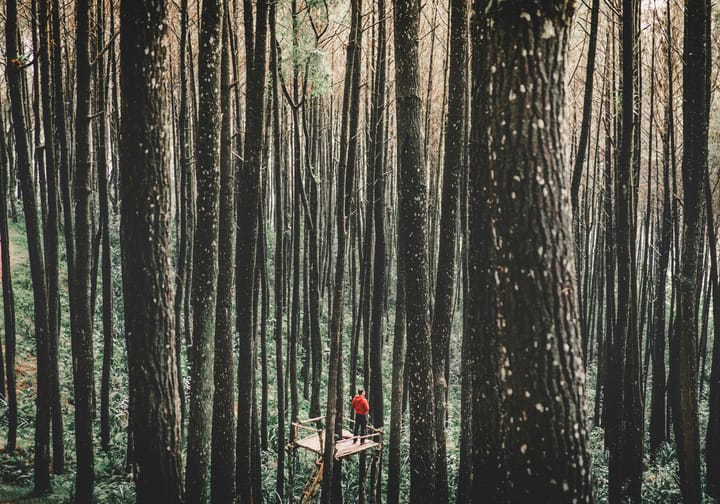
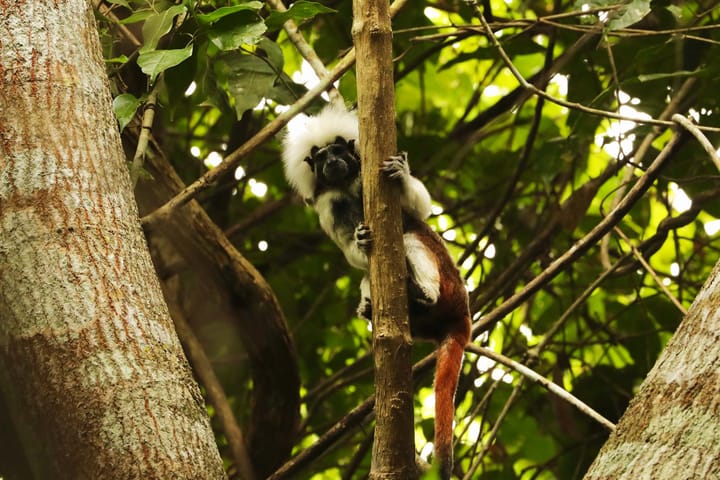
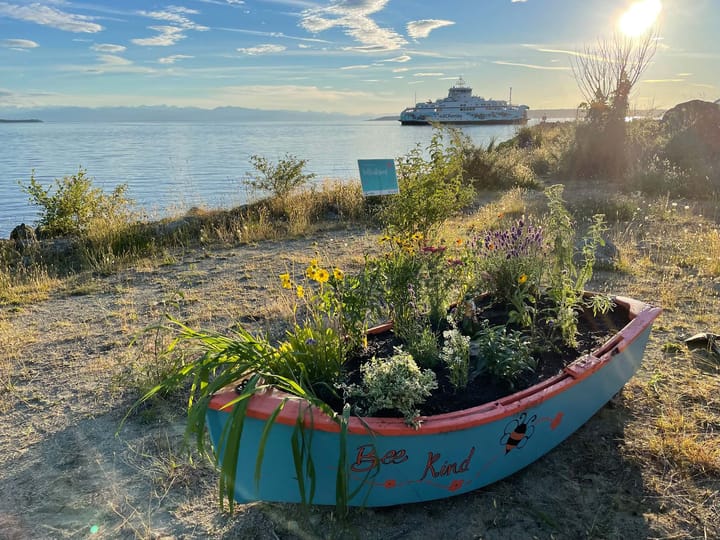
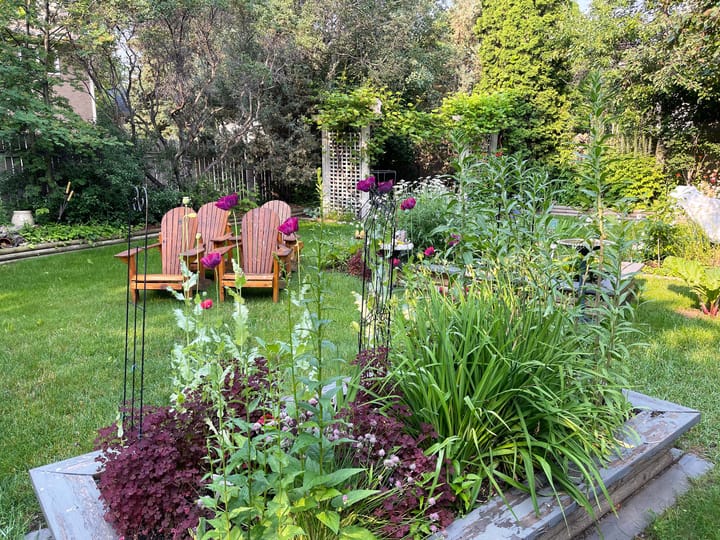
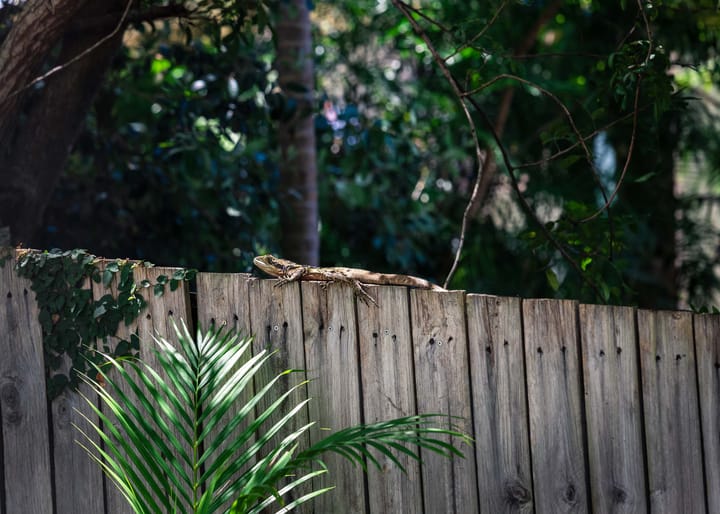
Comments ()